- Home
- 12 Breakthroughs that made the Ford Mustang the Sexiest car ever
- 12 Developmental Milestones of the iconic Ford Mustang
12 Developmental Milestones of the iconic Ford Mustang
The T-5 Story

One Million Horses
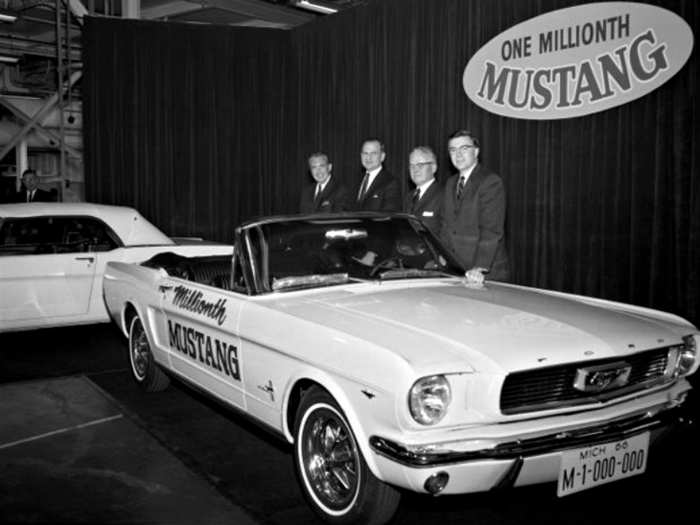
Ford took over 22,000 bookings within a day of the Mustang launch.
By the end of 1967, Ford had shipped more than a million Mustangs. A million happy owner garages. All at a price of $2358. That’s around Rs. 1.6 lakhs. You won’t get a Tata Nano for that kind of money today.
Image Source
By the end of 1967, Ford had shipped more than a million Mustangs. A million happy owner garages. All at a price of $2358. That’s around Rs. 1.6 lakhs. You won’t get a Tata Nano for that kind of money today.
Image Source
A 2+2 Kalifornia Kustom take
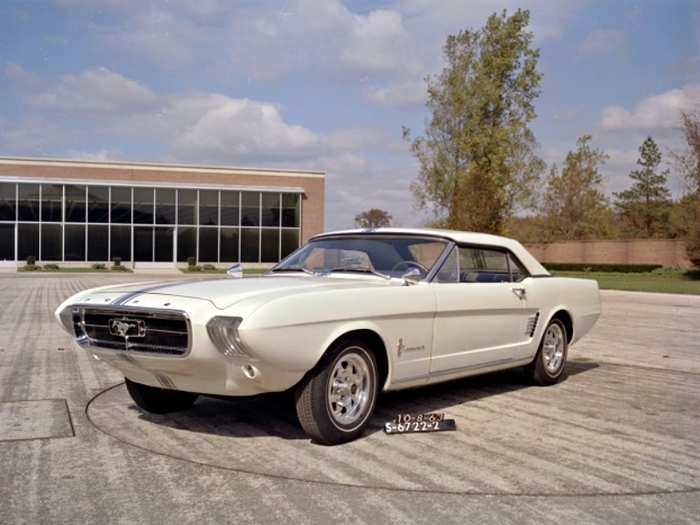
Way before the Mustang II saw production in 1974, Ford showcased a Mustang II concept over a decade ago in 1963.
Known as the ‘Project T-5’ internally, it saw Ford designers going crazy with their creative juices. It was almost a ‘Kalifornia Kustom’ take on the iconic muscle car.
Image Source
Known as the ‘Project T-5’ internally, it saw Ford designers going crazy with their creative juices. It was almost a ‘Kalifornia Kustom’ take on the iconic muscle car.
Image Source
Naming the Horse
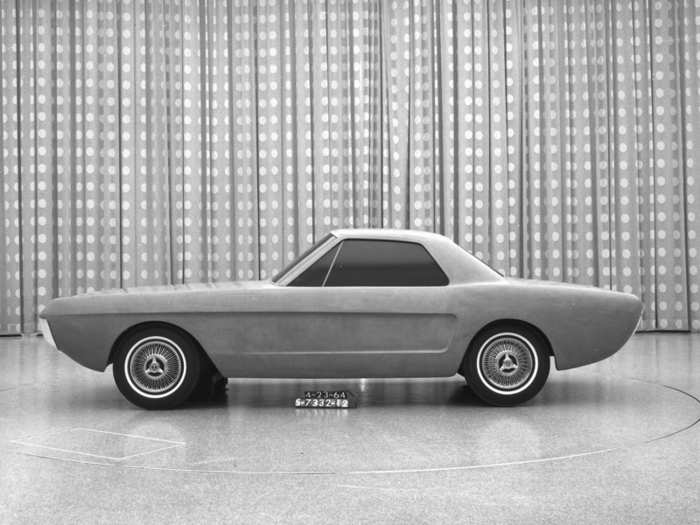
It was time to officially name the new car.
Ford officials at Dearborn, Michigan were confused.
Hank the Deuce (Henry Ford II) liked the names Special Falcon or Thunderbird II, while Lee Iacocca was gunning for Torino or Cougar. Other suggested names were Puma, Cheetah, Colt and so on.
Ford went with the Mustang, and the rest is history.
Image Source
Ford officials at Dearborn, Michigan were confused.
Hank the Deuce (Henry Ford II) liked the names Special Falcon or Thunderbird II, while Lee Iacocca was gunning for Torino or Cougar. Other suggested names were Puma, Cheetah, Colt and so on.
Ford went with the Mustang, and the rest is history.
Image Source
The Horse is tamed
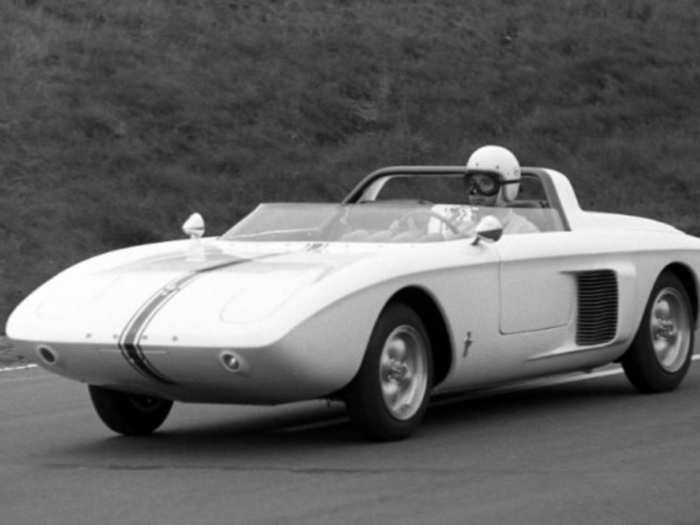
The Mustang I Concept was first showcased at the 1962 Watkins Glen Grand Prix. Legendary racer Dan Gurney sat in one, and started racing in a mere 0.02 second of qualifying for the event. This injected the racing DNA into Ford, and triggered its decade-long invasion into all forms of motorsport.
The catch here is almost nothing of the Mustang I made it to the first production car, except the iconic running horse logo. It was designed by Fritz Mayhew.
Image Source
The catch here is almost nothing of the Mustang I made it to the first production car, except the iconic running horse logo. It was designed by Fritz Mayhew.
Image Source
The Mustang enters the Empire State Building naked
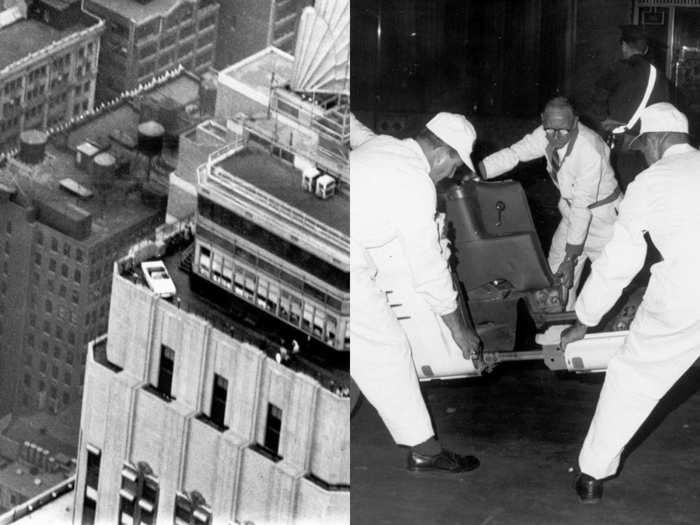
On the eve of October 20, 1965, Ford wanted put a Mustang convertible atop the Empire State Building.
To achieve the unthinkable, Ford engineers in Dearborn did the unthinkable. They found a system to separate the entire car into four parts. That way it could fit into the Empire State Building’s 7-foot-tall elevators.
On the D-Day, a team of Ford engineers disassembled the car on the streets, and reassembled it at the top of the Empire State Building. It was done in about an hour. Pure genius.
Image Source
To achieve the unthinkable, Ford engineers in Dearborn did the unthinkable. They found a system to separate the entire car into four parts. That way it could fit into the Empire State Building’s 7-foot-tall elevators.
On the D-Day, a team of Ford engineers disassembled the car on the streets, and reassembled it at the top of the Empire State Building. It was done in about an hour. Pure genius.
Image Source
The Mid-engined Mustang is born
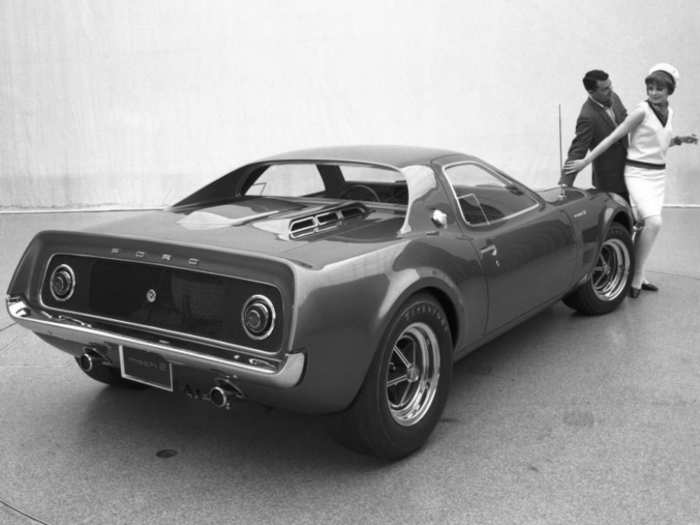
While the Mustang craze was at its peak, Ford Design head Gene Bordinat and the Special Vehicles team made the Mach 2 concept in 1967.
The 289-cubic-inch V8 engine was put behind the front seats, and that cut out the second row, However, that allowed the Mustang to retain its iconic long hood and short deck.
This design was considered as a replacement for the Shelby Cobra. However, no one pushed the idea forward.
Image Source
The 289-cubic-inch V8 engine was put behind the front seats, and that cut out the second row, However, that allowed the Mustang to retain its iconic long hood and short deck.
This design was considered as a replacement for the Shelby Cobra. However, no one pushed the idea forward.
Image Source
Which way does the Horse run?
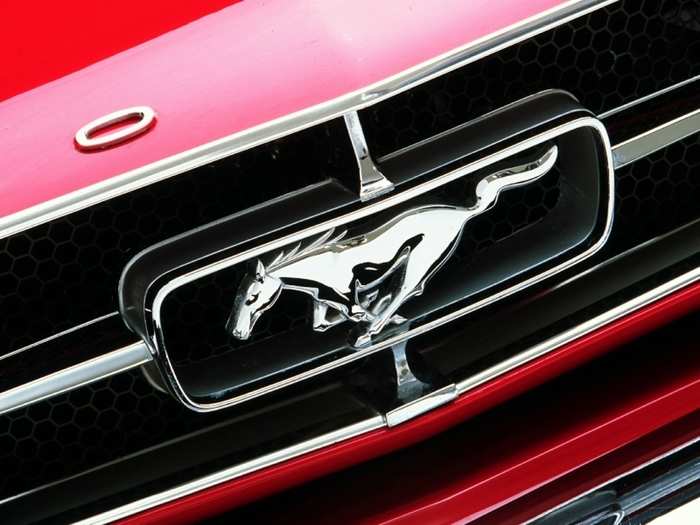
The Mustang was always facing left in some of the car’s early sketches.
However, today, the Mustang emblem on the iconic front grille always runs to the passenger side of the vehicle. That means the horse is always positioned in a way that it runs toward the front of the car.
Image Source
However, today, the Mustang emblem on the iconic front grille always runs to the passenger side of the vehicle. That means the horse is always positioned in a way that it runs toward the front of the car.
Image Source
Mustang goes electric
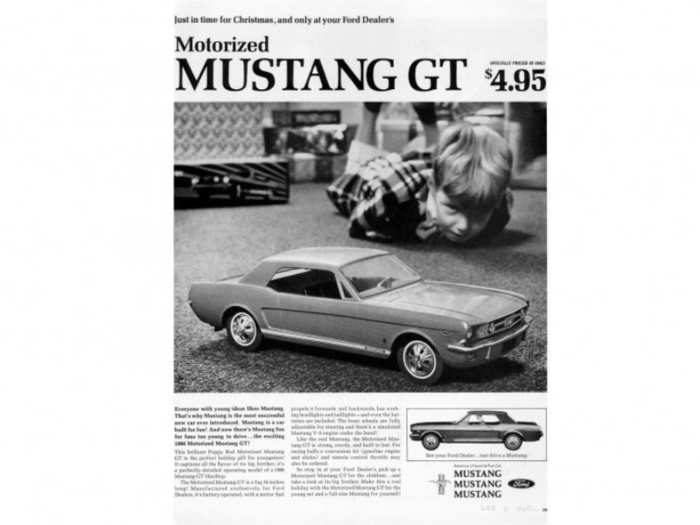
Ford might not be very well known for this, but it was an early player on the Electric vehicles scene.
The 1966 Mustang GT arrived just in time for Christmas, and costed….hold your breath…JUST $4.95! The catch it, it was a toy car. Yeah.
Available only at Ford dealers, the ‘micro-Mustang’ came with steerable front wheels, working head- and tail lamps, and a simulated V-8 under the hood.
Image Source
The 1966 Mustang GT arrived just in time for Christmas, and costed….hold your breath…JUST $4.95! The catch it, it was a toy car. Yeah.
Available only at Ford dealers, the ‘micro-Mustang’ came with steerable front wheels, working head- and tail lamps, and a simulated V-8 under the hood.
Image Source
Design the best, or you’re fired!
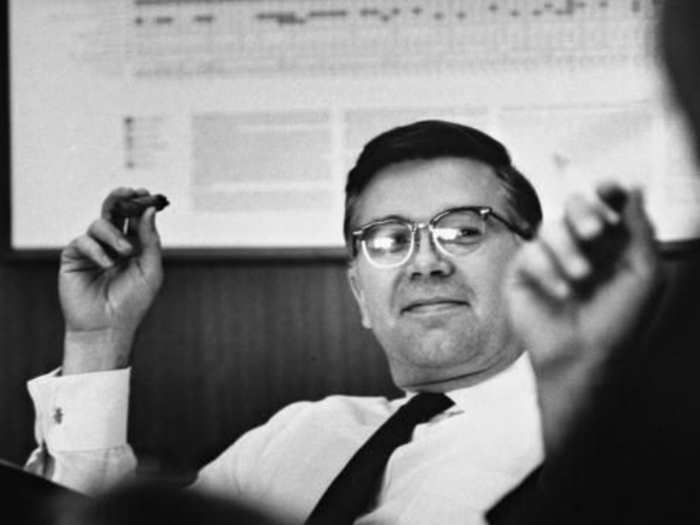
Some say you do your best when your back’s against the wall.
Donald N. Frey came up with the idea of the Mustang I. He led the production Mustang's design team, and when Henry Ford II rejected the Mustang idea four times, Frey did something unthinkable.
He and his team met with then Ford general manager Lee Iacocca in a motel at night to discuss the Mustang’s future. When the car was approved, Henry Ford II threatened Frey that if the car fails, he would be fired.
Later, Frey was promoted to VP of North America Vehicle Development division in 1967.
Image Source
Donald N. Frey came up with the idea of the Mustang I. He led the production Mustang's design team, and when Henry Ford II rejected the Mustang idea four times, Frey did something unthinkable.
He and his team met with then Ford general manager Lee Iacocca in a motel at night to discuss the Mustang’s future. When the car was approved, Henry Ford II threatened Frey that if the car fails, he would be fired.
Later, Frey was promoted to VP of North America Vehicle Development division in 1967.
Image Source
The Mustang gets beefier
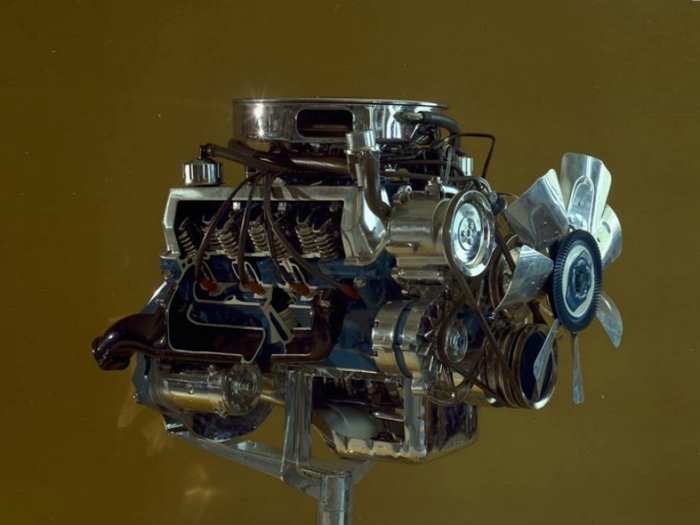
By the 1968, the engine choices for the Mustang had grown to five. There were the 200-cubic-inch and 250 inline sixes, the 289 V-8, which was soon replaced by the 302 V-8, the beefier 390 BHP 427 FE, and the 390 BHP 427.
However, as the engine power grew under the hood, so did the Mustang. It grew larger by the 1971. While it was still beautiful, it lost its innocence.
However, as the engine power grew under the hood, so did the Mustang. It grew larger by the 1971. While it was still beautiful, it lost its innocence.
The Mustang II fails
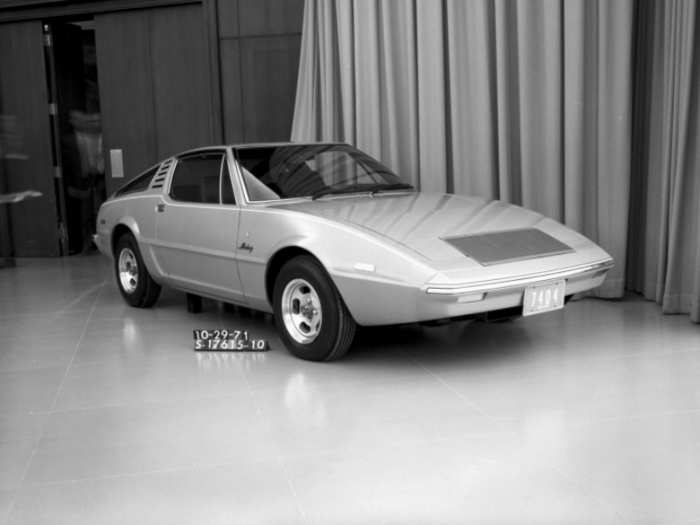
In 1971, Ghia Studios of Italy produced some designs, which ultimately became the1974 Mustang II.
While very few ideas from the concept made it to the production car, there were no takers in the market for that thing.
It would take another decade to get the Mustang galloping again.
Image Source
Popular Right Now
Popular Keywords
Advertisement